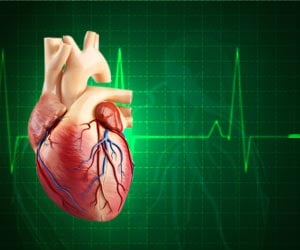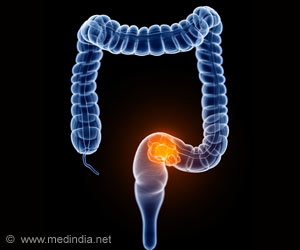NASA is studying and testing numerous ways that simulate conditions leading to visual impairment intracranial pressure (VIIP) in astronauts who travel to space.

- Two-thirds of astronauts who travel for long duration suffer from visual impairment intracranial pressure (VIIP)
- Changes in the volume of cerebrospinal fluid (CSF) can lead to VIIP, found a new research
NASA’s scientists and flight surgeons began to observe a sequential pattern of visual challenges in the astronauts who were on a long-duration mission to space.
The researchers from Radiological Society of North America (RSNA) found that changes in the amount of clear fluid around the brain and the spinal cord is the cause for the impairment in vision.
Almost two-thirds of astronauts appeared to suffer from this syndrome, who after a long-duration mission travel aboard the International Space Station (ISS).
Dr. Noam Alperin, professor of radiology and biomedical engineering at the University of Miami Miller School of Medicine in Miami said, "People initially didn't know what to make of it, and by 2010 there was growing concern as it became apparent that some of the astronauts had severe structural changes that were not fully reversible upon return to earth."
Challenges Faced By The Scientists
Dr. Alperin’s researchers recently found another possibility that could cause vision impairment is the cerebrospinal fluid (CSF). The clear fluid that supports the brain and spinal cord like a cushion circulating nutrients and waste materials.
Yet the problem remains same, as the pressure exerted in space varies from the pressure on the earth.
"On earth, the CSF system is built to accommodate these pressure changes, but in space the system is confused by the lack of the posture-related pressure changes," said Dr. Alperin.
Comparison of Short and Long Duration Spaceflight
Dr. Alperin and colleagues tested ISS astronaut’s before and after travel seven hours spaceflight for high-resolution performance orbit and brain MRI scans.
The results obtained were compared with the astronauts who traveled for nine short-duration mission space shuttle astronauts. The scientists used advanced quantitative imaging algorithms to find a correlation between changes in CSF volumes and the structures of the visual system.
The results when compared short-duration astronauts to long-duration astronauts, was found that long-duration astronauts significantly increased post-flight flattening of their eyeballs and increased optic nerve protrusion.
Effects of Long-Duration travel
Astronauts after post-flight showed an incredible increase in both the Orbital CSF volume (CSF around the optic nerves within the bony cavity of the skull) and Ventricular CSF volume (volume in the cavities of the brain). This inturn brought high rise in intraorbital and intracranial CSF volume.
"The research provides, for the first time, quantitative evidence obtained from short- and long-duration astronauts pointing to the primary and direct role of the CSF in the globe deformations seen in astronauts with visual impairment syndrome," said Dr. Alperin.
The central nervous system has two major components, one is the gray matter and the other white matter. The scientists found that there is none of the astronauts showed any post flight changes in the gray and the white matter.
Dr. Alperin said, “As the eye globe becomes more flattened, the astronauts become hyperopic (far-sighted). Identifying the origin of the space-induced ocular changes is necessary for the development of counter measures to protect the crew from the ill effects of long-duration exposure to microgravity.”
Source-Medindia











